Whether you’re considering purchasing a home, investing in your education, starting a business, or simply looking to finance a personal goal, having a comprehensive understanding of the different types of loans in the country can be incredibly beneficial.
The financial system in The Netherlands is well-structured and straightforward. However, it can seem daunting for non-Dutch speakers or those new to the country. The different types of loans, each with their distinct features, requirements, and benefits, may feel confusing or overwhelming.
One of the Best Ways To Get A Personal Loan In The Netherlands
- Apply here
- Fill out your information
- Press “Verzenden” (Send application)
💡 Tip: Using Google Chrome, you can easily translate the website to English. Just right-click anywhere on the page and select ‘Translate to English.’
Table with loan companies:
Disclosure: We may receive a commission if you obtain a loan through this link at no additional cost to you.
We aim to break down and explain the various types of loans available in The Netherlands in clear, easy-to-understand English.
- The Netherlands offers a wide range of loans, including personal loans, revolving credit, mortgages, car loans, student loans, business loans, microloans, and P2P lending.
- Every type of loan has its own unique features, benefits, and considerations which should align with your individual needs and financial situation.
- It’s crucial to evaluate affordability, interest rates, loan terms, fees, loan purpose, and alternatives before deciding on any loan.
Dutch Loan Basics
Before we delve into the various types of loans in The Netherlands, let’s get acquainted with the basics that underpin the Dutch financial system. Understanding these basics will give you a solid foundation for your financial decisions.
- Lening = Loan
- Rente = Interest
- Aflossing = Repayment
- Hypotheek = Mortgage
- Krediet = Credit
- Overeenkomst = Agreement
- Termijn = Term
- BKR = Bureau Krediet Registratie (Credit Registration Office) – a crucial organization that maintains records of all loans in The Netherlands.
Personal Loans (Persoonlijke lening)

A personal loan, known in Dutch as a ‘Persoonlijke lening’, is a popular and flexible financial tool that can help cover a variety of expenses, from home renovations and car purchases to vacations and weddings. Let’s dive deeper to understand how it works.
Definition and Uses
A personal loan is a fixed-amount loan that you borrow from a lender and pay back over a specified period through fixed monthly instalments. The amount you borrow, the interest rate, and the repayment term are set at the beginning and do not change over the life of the loan. It’s a reliable option if you have a specific, one-time funding need.
How to Apply
To apply for a personal loan in The Netherlands, you need to approach a bank or financial institution, either physically or online. The application process typically involves filling out a form with your personal and financial information, and submitting documents for verification. This could include a valid ID, proof of income, bank statements, and possibly your residence permit.
Interest Rates and Repayment Schedules
The interest rates on personal loans can vary based on the lender, your creditworthiness, and market conditions. It’s always wise to shop around and compare offers before making a decision.
The repayment schedule of a personal loan in The Netherlands is straightforward. You make monthly payments over the agreed term until the loan is paid off in full. Each payment includes a portion of the loan principal and a portion of the interest.
Pros and Cons
Personal loans are appealing for their simplicity, fixed interest rates, and set repayment terms. They allow you to borrow a lump sum for specific needs and repay over time, which can aid in budgeting.
However, they may come with higher interest rates compared to other secured loans like mortgages. Also, early repayment of the loan may sometimes incur penalties, depending on the lender’s terms and conditions.
Car Loans (Autolening)
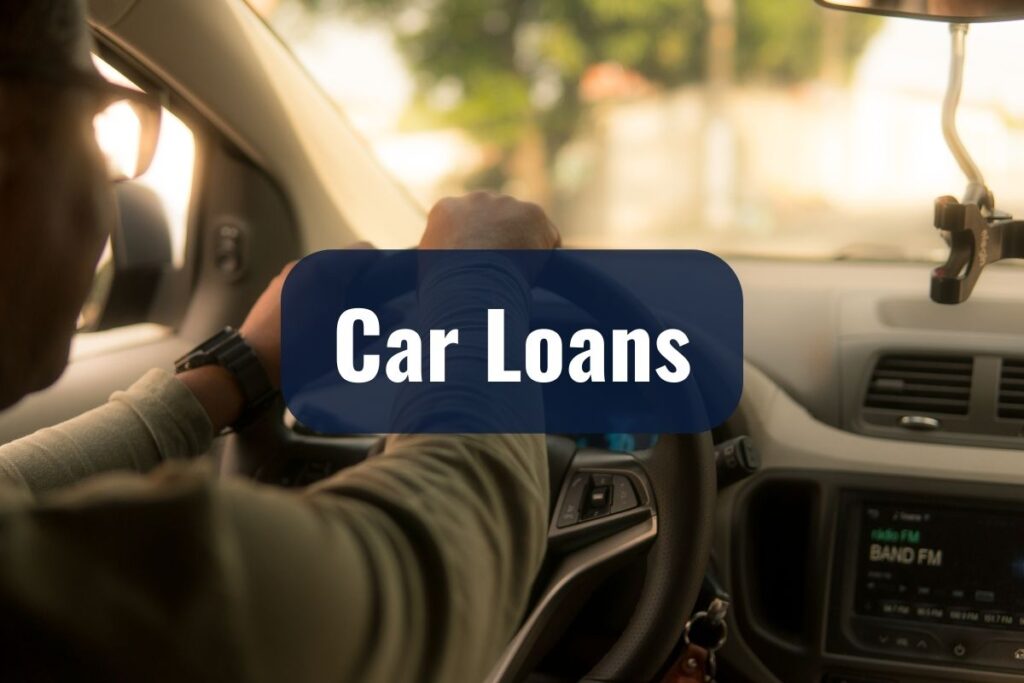
Car loans in the Netherlands can be an efficient way to finance your vehicle purchase, whether you’re opting for a brand new model or a second-hand car. Understanding how they work will help you select the most cost-effective and convenient option for your transportation needs.
Definition and Uses
Car loans, or “autoleningen” in Dutch, are a type of personal loan specifically designed to fund the purchase of a car. Depending on the loan provider and your financial situation, you can borrow up to 100% of the car’s value.
These loans can be used for buying both new and used cars, making them a flexible option for expats and long-term tourists who need a vehicle during their stay in the Netherlands.
How to Apply
Applying for a car loan in the Netherlands typically involves submitting an application to a bank or financial institution, either online or in person. You’ll need to provide personal and financial information, as well as details about the car you intend to buy.
Interest Rates and Repayment Schedules
The interest rates for car loans in the Netherlands can vary based on your credit score, the amount you wish to borrow, the term of the loan, and whether the car is new or used. The repayment schedule is usually fixed, with equal monthly payments over the duration of the loan term.
Pros and Cons
Car loans can allow you to purchase a vehicle without paying the full cost upfront, spreading the cost over a manageable time period. They can also be tailored to your specific needs in terms of borrowing amount and repayment schedule.
Alternatives
An alternative to a car loan is leasing, where you rent a car for a fixed period of time and make monthly payments. At the end of the lease term, you can choose to return the vehicle, extend the lease, or sometimes purchase the vehicle.
Revolving Credit (Doorlopend krediet)
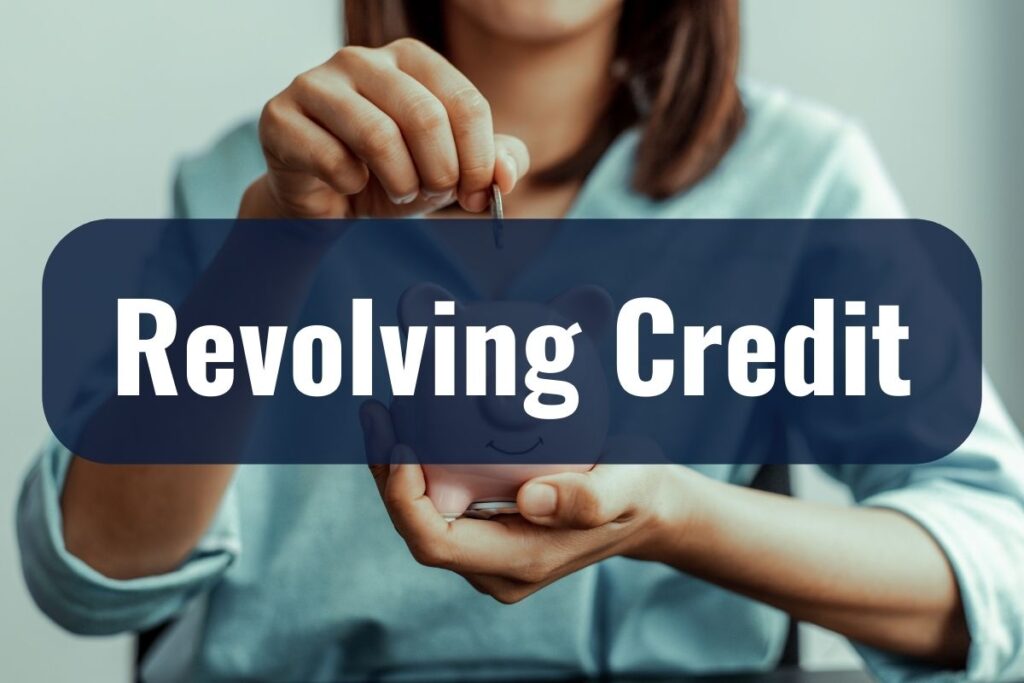
Life is full of uncertainties, and our financial needs can be just as unpredictable. That’s where revolving credit, or ‘Doorlopend krediet’ in Dutch, comes into play. It offers flexibility and continuous access to funds for when life throws you a curveball.
Definition and Uses
A revolving credit line is a flexible loan where a lender provides you with a maximum credit limit that you can draw from as needed. Unlike a personal loan, you only pay interest on the amount you use, not the total credit limit. This form of credit can be particularly useful for ongoing or unpredictable expenses such as home improvements, education, or medical bills.
How to Apply
Applying for revolving credit is similar to applying for a personal loan. You approach a lender (bank or financial institution), provide the required personal and financial details, and submit necessary documents such as proof of income, bank statements, a valid ID, and possibly a residence permit. The lender will review your application and decide your credit limit based on your financial situation and creditworthiness.
Interest Rates and Repayment Schedules
The interest rates on revolving credit are variable, which means they can go up or down during the loan period. You pay interest only on the amount you’ve withdrawn, not the entire credit limit.
As for repayments, you’re usually required to pay a minimum monthly amount, which includes part of the principal amount and the accrued interest. However, you have the flexibility to repay more if you can, which could reduce your interest costs over time.
Pros and Cons
The major advantage of revolving credit is its flexibility. You have continuous access to a pool of funds and can control how much you use and repay (as long as you meet the minimum repayment).
However, the variable interest rate means your costs could increase if the rates go up. Furthermore, the easy access to funds requires self-discipline to avoid overspending.
Mortgage Loans (Hypothecaire lening)
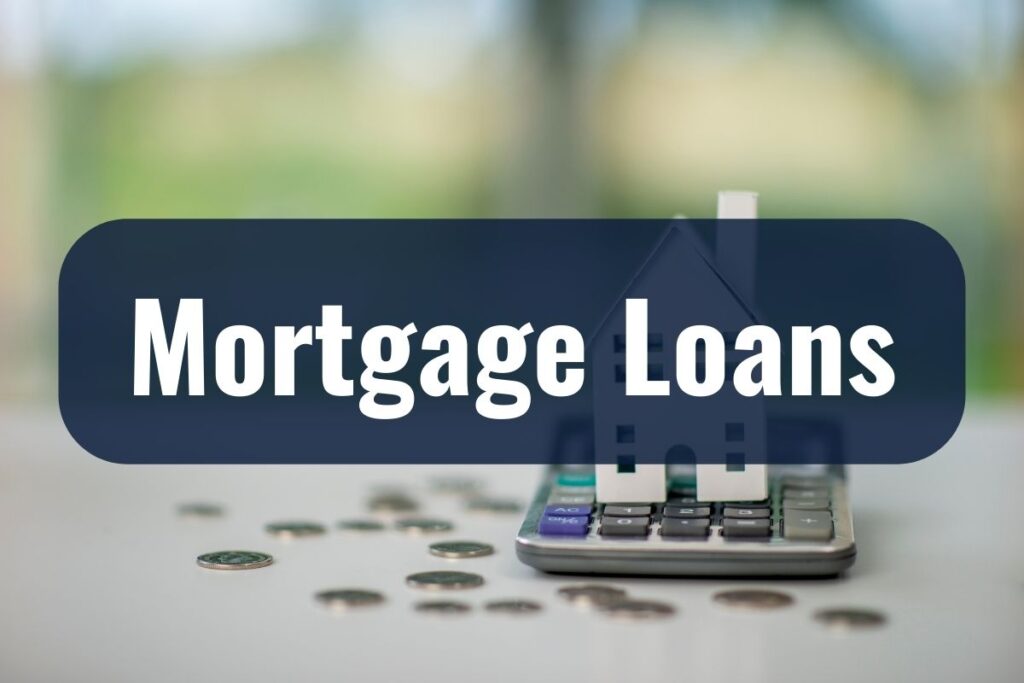
Ah, the Dutch dream! The tulip-filled gardens, the charming canal houses, and of course, owning a piece of this beautiful landscape. Whether you’re eyeing a cosy apartment in Amsterdam or a quiet countryside home, understanding the world of Dutch mortgage loans, or ‘Hypothecaire lening’, is crucial.
Definition and Uses
A mortgage is a loan used to purchase or secure a home. The house you buy serves as collateral, meaning that the lender could take possession of it if you fail to make your payments. Mortgages are typically long-term loans, with repayment periods often spanning 20 to 30 years.
How to Apply
Applying for a mortgage in The Netherlands involves several steps. Firstly, it’s advisable to get a mortgage pre-approval to understand how much you can borrow based on your income, credit score, and other factors. This will guide your house hunting process.
Once you’ve found your dream home and agreed on a price with the seller, you can finalize the mortgage application with your chosen lender. You’ll need to submit various documents, including proof of income, bank statements, employment contract, property details, and a valuation report of the property.
Interest Rates and Repayment Schedules
Mortgage interest rates in The Netherlands are usually lower compared to other types of loans, primarily because the loan is secured against your property. You can opt for either a fixed or variable interest rate. A fixed rate stays the same for a set period, while a variable rate can change based on market conditions.
Your repayment schedule consists of monthly payments that include a portion of the loan amount (principal) and the interest. The specific details can vary depending on the terms of your mortgage agreement.
Understanding the Dutch Mortgage Market
The Dutch mortgage market is well-regulated and offers a variety of mortgage types, including annuity and linear mortgages. There are also substantial tax benefits associated with mortgage interest payments.
However, keep in mind that as of 2013, for a mortgage loan to qualify for tax deductions, it must be repaid in full and on time within a 30-year period.
Pros and Cons
Mortgage loans provide an opportunity to own a home while spreading the cost over many years. They come with lower interest rates and potential tax benefits.
On the flip side, a mortgage is a significant long-term financial commitment. If you fail to make your repayments, the lender could repossess your home. Additionally, changes in the housing market can affect your property’s value.
Student Loans (Studielening)

In pursuit of knowledge and a fulfilling career, you may have chosen The Netherlands, a country known for its high-quality education and diverse study programs. However, financing your studies can sometimes be a challenge. That’s where student loans, or ‘Studielening’ in Dutch, come into the picture.
Definition and Uses
A student loan is a type of financial aid designed to help students cover the costs of higher education. This can include tuition fees, living expenses, books, and other study-related costs. In The Netherlands, student loans are primarily managed by DUO (Dienst Uitvoering Onderwijs), the government body responsible for the implementation of educational laws and regulations.
How to Apply
Applying for a student loan in The Netherlands is usually done through the DUO. You’ll need to provide your personal details, course information, and possibly proof of enrollment at your educational institution. The process can typically be completed online, making it quite convenient for busy students.
Interest Rates and Repayment Schedules
Student loans usually come with very favorable interest rates, often lower than most other types of loans. As for repayments, you’re not required to start repaying your loan until two years after you finish your studies.
Repayment is income-dependent, meaning how much you repay each month depends on your income. If your income is below a certain threshold, you might not have to repay anything that month. Importantly, any debt remaining after 30 years is written off.
Pros and Cons
Student loans provide an opportunity to invest in your education and future career, even if you don’t have the financial means upfront. The relatively low-interest rates and income-dependent repayment terms are also advantageous.
However, taking out a student loan is still a significant financial responsibility. You’ll be repaying the loan over many years, which can impact your finances long after you’ve graduated.
Business Loans (Zakelijke lening)

Perhaps you’ve been inspired by the entrepreneurial spirit of The Netherlands and are considering starting or growing your own venture. In such cases, a business loan, known locally as a ‘Zakelijke lening’, can be an invaluable resource. Let’s delve into what this involves.
Definition and Uses
A business loan is a sum of money lent to a business by a financial institution. These funds can be used to start a new business, expand an existing one, invest in equipment, manage cash flow, or cover other business-related expenses.
How to Apply
Applying for a business loan in The Netherlands usually involves approaching a bank or other financial institution and presenting a solid business plan. This plan should detail your business idea, market research, marketing strategy, financial projections, and how you intend to use the loan.
Depending on the lender, you may also need to provide financial statements, business registration documents, tax returns, and personal identification. If you’re a non-Dutch resident, you may also need to show your residence permit.
Interest Rates and Repayment Schedules
Interest rates on business loans can vary greatly, influenced by factors like the lender’s policies, the loan amount, the term of the loan, and the perceived risk of your business.
Repayment terms are typically established upfront, with businesses repaying the loan amount plus interest over a set period. These repayments are usually made monthly, but the exact schedule will depend on the agreement with the lender.
Pros and Cons
Business loans can provide the capital needed to start or expand your business, allowing you to seize opportunities without significantly impacting your operational funds.
However, as with any loan, a business loan comes with risks. If your business doesn’t perform as expected, repayment could become a challenge. Also, some business loans may require collateral, which puts your assets at risk if you fail to repay the loan.
Microloans
For those who need a small financial boost to kickstart a business idea, cover unexpected expenses, or navigate short-term financial hurdles, microloans could be the answer. This type of loan is designed to provide smaller amounts of funding and is often more accessible than traditional loan types.
Definition and Uses
A microloan is a small, short-term loan designed to support individuals or small businesses that need a relatively low amount of funding. In The Netherlands, microloans are often used by entrepreneurs and startups, but they can also be used to cover personal expenses like home repairs, emergency costs, or even study-related expenses.
How to Apply
Microloans in The Netherlands are typically provided by specialized microfinance institutions, though some banks and other financial organizations may also offer them. To apply, you usually need to fill out an application and submit relevant documents. The process tends to be quicker and less complicated than for larger loans, as the amounts involved are smaller.
Interest Rates and Repayment Schedules
Microloans often have higher interest rates compared to other types of loans, reflecting the higher risk taken on by the lender due to the small amounts and shorter terms involved. However, the exact rate will depend on the lender and your personal financial situation.
Repayment terms vary, but given the small size of the loan, they are usually shorter – often within a year or two. The repayment schedule will be set out in the loan agreement.
Pros and Cons
Microloans are a great tool for accessing funds quickly, particularly for those who may struggle to qualify for more traditional types of loans. They can help to bridge financial gaps and get projects off the ground quickly.
However, the higher interest rates can make them more expensive in the long run. As with any financial decision, it’s essential to carefully consider the terms of the loan and ensure you can comfortably meet the repayment schedule.
Peer-to-Peer Lending (P2P)
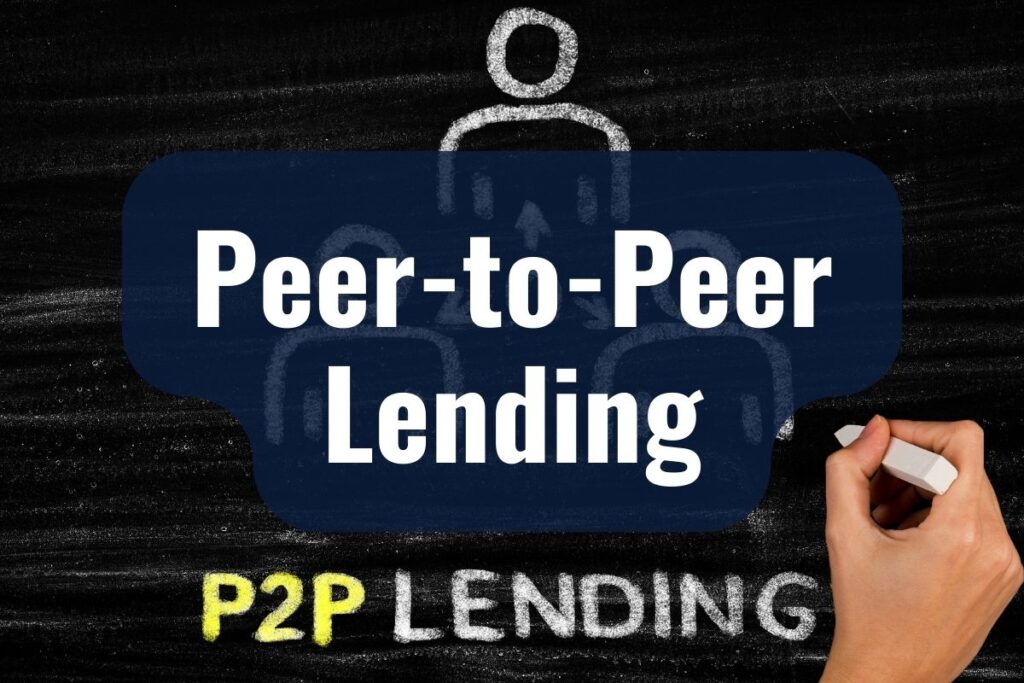
As we step into the era of digital finance, peer-to-peer lending (P2P) is gaining popularity as a flexible and accessible alternative to traditional lending. Whether you’re looking to borrow or invest, understanding P2P lending could open up new possibilities for your financial journey in The Netherlands.
Definition and Uses
Peer-to-peer lending, as the name suggests, involves borrowing money directly from individuals or ‘peers’, rather than going through a traditional financial institution like a bank. This type of lending happens through online platforms that match borrowers with investors willing to lend money.
Borrowers can use P2P loans for a variety of purposes including personal use, business ventures, or even for consolidating existing debt.
How to Apply
To apply for a P2P loan, you’ll need to register on a P2P lending platform. Once registered, you can create a loan request, providing details about how much you want to borrow, what you plan to use the loan for, and your financial situation. Lenders will then review your request and decide whether to fund it.
Interest Rates and Repayment Schedules
Interest rates on P2P loans can vary greatly, depending on factors like the borrower’s credit score, the loan term, and the amount requested. However, they can often be more competitive than traditional lenders, especially for borrowers with good credit.
Repayment schedules for P2P loans can also vary, but typically, borrowers make monthly repayments directly through the P2P platform, which then distributes these repayments to the lenders.
Pros and Cons
P2P lending can provide a faster, more flexible way to secure a loan, often with competitive interest rates. It can also open up lending opportunities to individuals who might struggle to secure a loan from traditional sources.
However, not all P2P platforms are regulated, which can increase the risk for both borrowers and lenders. Furthermore, if you’re a borrower with a poor credit rating, you might find that interest rates are higher than at traditional banks.
Things to Consider Before Taking a Loan
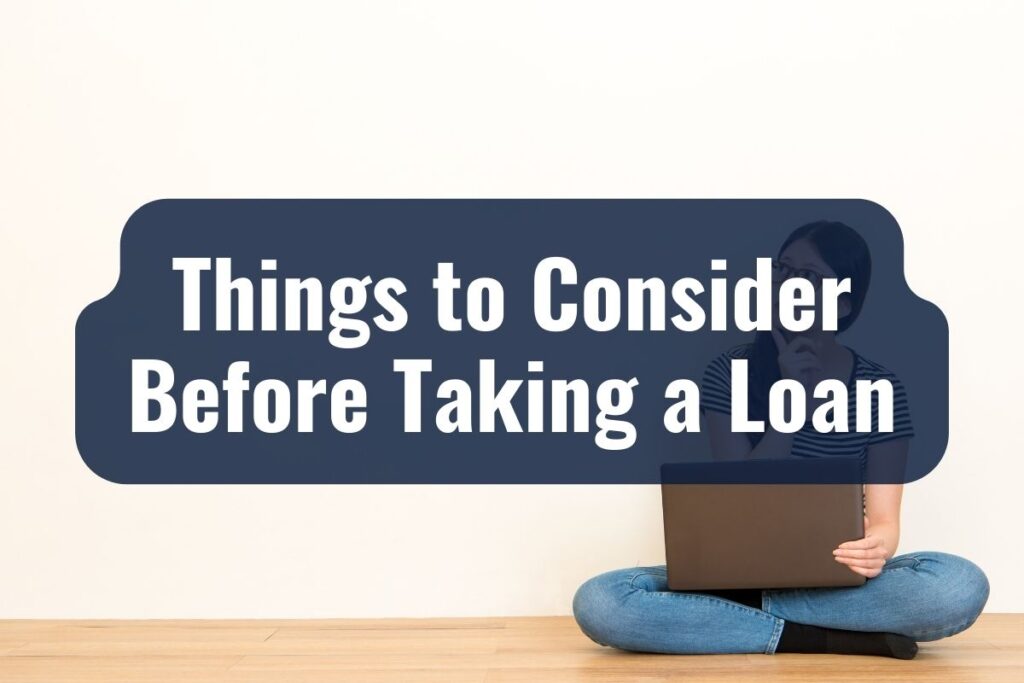
Embarking on a journey of borrowing can seem daunting, but with the right information and careful consideration, it can be a rewarding experience. Before you decide on any type of loan, here are some critical points to consider.
Affordability
First and foremost, you must evaluate whether you can afford to repay the loan. Consider your monthly income, necessary expenditures, and any existing financial commitments. A loan can help you accomplish your goals, but falling behind on payments can lead to financial hardship and negatively impact your credit score.
Interest Rates
Different loans come with different interest rates. Ensure you understand the implications of both fixed and variable rates. While a lower interest rate may seem attractive initially, you need to check whether it is fixed for the entire term of the loan or whether it could potentially increase later on.
Loan Term
The loan term, which is the duration you have to repay the loan, affects your monthly payments and the total cost of the loan. A longer-term may mean lower monthly payments but a higher overall cost due to accrued interest.
Fees and Charges
Keep an eye out for any additional fees or charges that could increase the cost of the loan. These could include application fees, early repayment charges, or late payment fees. Always read the fine print!
Loan Purpose
Consider whether the loan purpose justifies taking on the debt. For example, borrowing for education or a home may be seen as an investment, while borrowing for consumable goods might not offer long-term value.
Impact of Immigration Status on Loan Eligibility
Your immigration status can significantly impact your ability to access certain types of loans. For example, some lenders may require you to have a permanent residence permit or an indefinite employment contract. However, don’t let this discourage you. Many institutions understand the needs of expats, long-term tourists, and international students, and have policies in place to cater to these groups.
Alternatives
Are there scholarships or grants available for students, or low-interest government loans for small businesses?
Choosing a loan is a significant decision, one that impacts your financial health and future plans. By being informed, thoughtful, and careful, you can harness the power of loans to achieve your goals while maintaining financial stability.
Resources and Support
It’s crucial to know where you can turn to for further advice, assistance, or even disputes. Here are some resources and support services that might be useful.’crucial to know where you can turn to for further advice, assistance, or even disputes. Here are some resources and support services that might be useful.
- The Dutch Authority for the Financial Markets (AFM): You can directly go to their website for any regulations or complaints.
- Non-profit Organizations: Websites such as National Institute for Family Finance Information in the Netherlands could be helpful.


